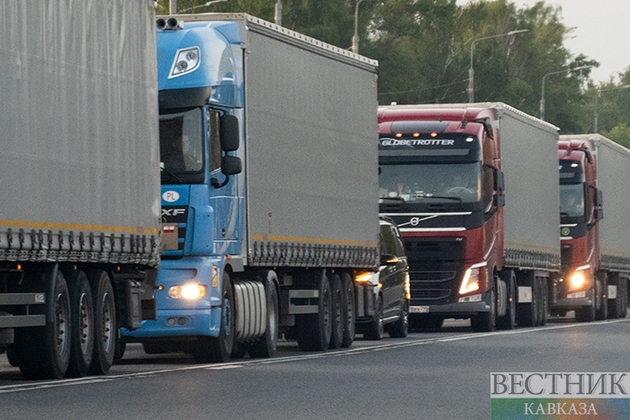The International North–South Transport Corridor (INSTC) becomes increasingly important as some EAEU countries reorientate their foreign trade and develop “new logistics.” For this reason, the Caspian countries are seeking to boost investment in the corridor’s transport infrastructure.
EDB experts estimate that more than 100 projects are being planned for implementation before 2030. At the same time, over 40 non-tariff and other barriers impede the effective functioning of the corridor. A new EDB study provides recommendations on how to improve soft infrastructure, including the creation of an enabling environment for international freight transport, the harmonisation of border crossing procedures, and the introduction of a coordination mechanism for managing the INSTC.
The Eurasian Development Bank (EDB) published a new report, International North–South Transport Corridor: Investments and Soft Infrastructure. The study assesses the investment potential of the INSTC, identifies barriers to its development and provides recommendations on how to eliminate them.
The INSTC is a key component of Eurasia’s transport network as it connects to most of the region’s latitudinal routes. Its role is growing significantly in the context of “new logistics.” The corridor is the shortest route for commodity transportation between EAEU countries and South Asia, East Africa and the Middle East. It also provides a logistical choice of three routes for shipping containers, grain, metals, wood products, food and other commodities. All three routes – the Western (via Azerbaijan), Eastern (via Kazakhstan and Turkmenistan) and Trans-Caspian (via Caspian seaports) ones – have spare handling capacity.
EDB researchers have prepared a database of INSTC investment projects using open-source data, national transport strategies and programmes. The database comprises more than 100 investment projects that are currently ongoing or being planned for implementation before 2030, for a total of over $38 billion.
The projects have been divided into three groups. Those of the highest priority (Priority 1) are the projects which are critical to eliminating infrastructure barriers along the existing routes. These are, in particular, the projects to construct the missing Resht–Astara railway section; construct second main tracks and electrify railway lines in Azerbaijan, Iran, Kazakhstan and Turkmenistan; construct urban bypasses, upgrade inland waterways and shipping channels to standard condition and develop container and multi-purpose terminals in Caspian ports; modernise border crossing points and construct logistics centres and roadside service facilities. Bank analysts estimate investment in Priority 1 projects at $10.7 billion.
The new EDB study confirms that transport infrastructure projects, together with soft infrastructure initiatives, will boost and speed up freight transport not only along the INSTC but also along other transport corridors that connect to the INSTC and routes that are part of the Eurasian Transport Network.






